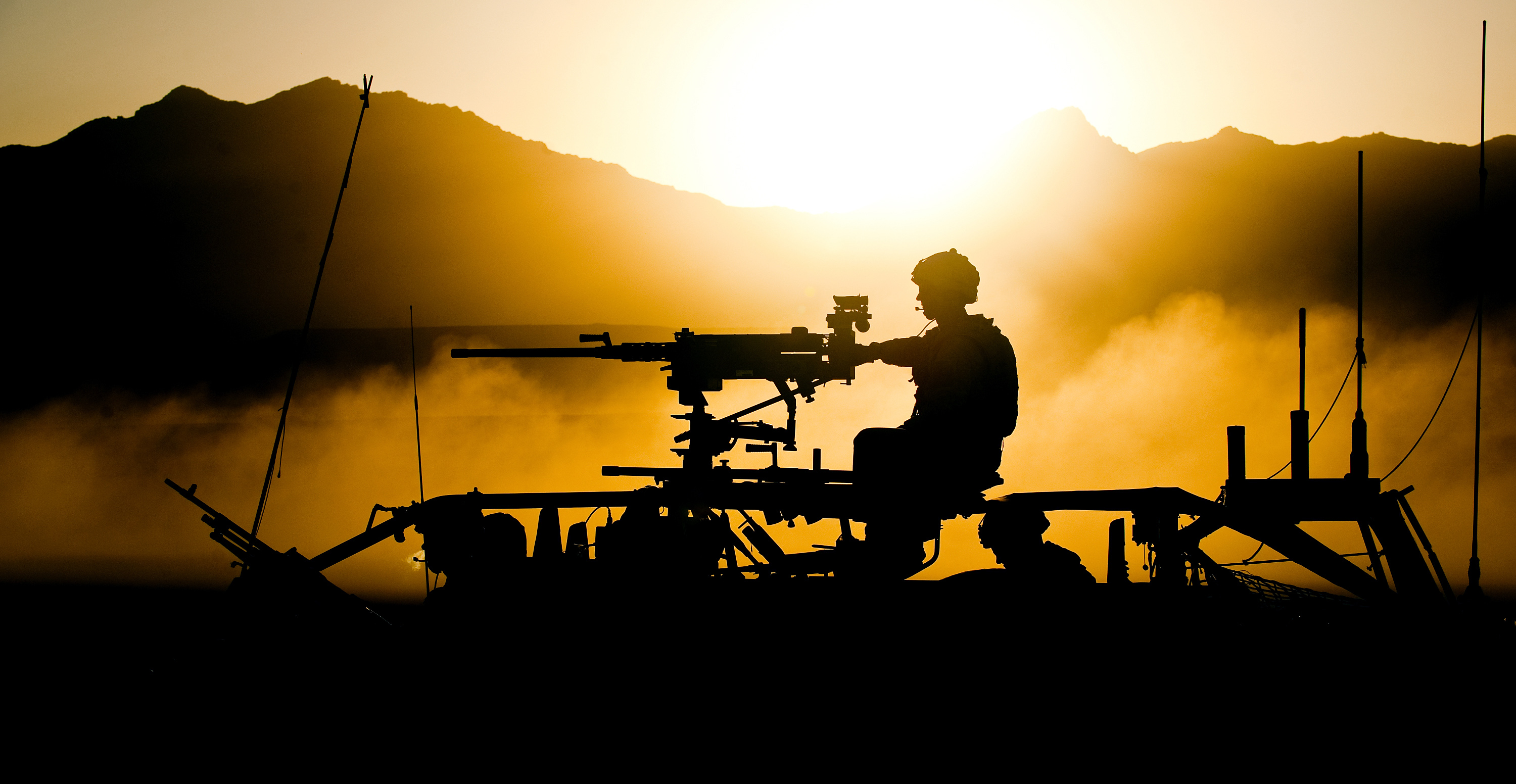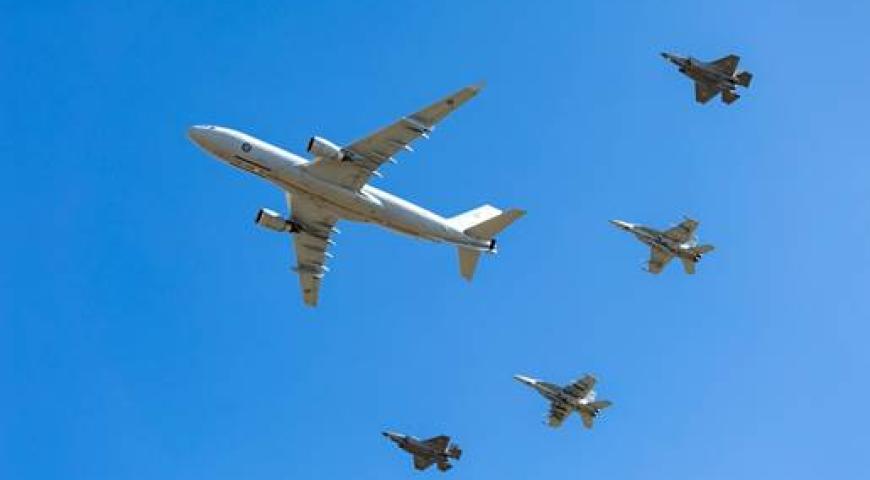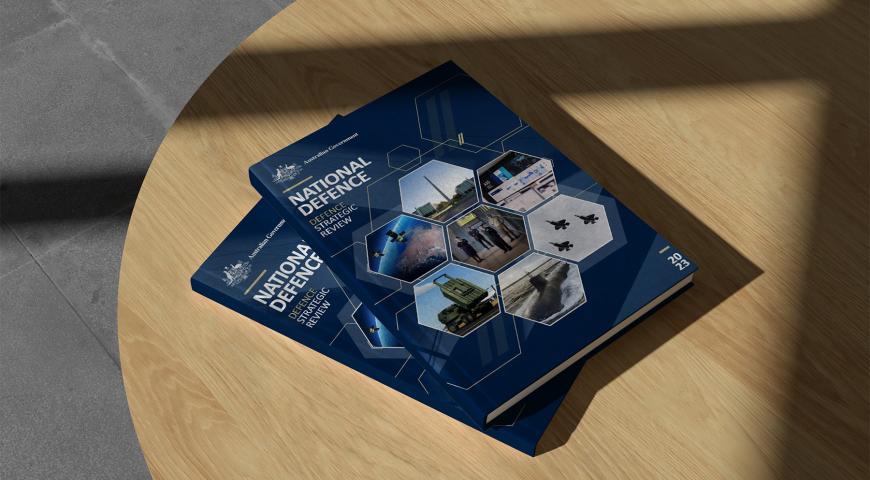It can take less than a day for a Taliban commander to go from Kabul to Herat; yet, days could pass before any U.S. platoon leader along his route ever knows he’s moved. Before that intelligence can get to the tactical leadership, it must first clear rounds of division and brigade deliberation. This should not be.
All combat operations need real-time, concrete intelligence, but counterinsurgency operations’ (COINOPS) margin of error runs thinnest. In their fast, multidimensional context, COINOPS demand more comprehensive intelligence at platoon/company levels than conventional warfare does. It’s hard enough for field commanders to assess insurgencies; conventional military intelligence protocols can make it harder, by dedicating resources too narrowly within specific areas of operations (AOs). Field commanders should, therefore, allocate both technical assets (such as UAVs, SIGINT equipment) and non-technical assets (such as intelligence analysts, language translators, etc) assets and fund training that cater to COINOPS’ specific needs, which include adapting to fluid challenges and providing lower echelons with a variety of assessments. Without such adjustments, future COINOPS will struggle to succeed.
Former military leaders’ insights and extensive studies point toward possible factors that differentiate COIN-centric intelligence from the conventional kind. To begin with, COINOPS mainly focus on local civilian entities, not conventional forces. Field commanders need extensive knowledge of things like host country populations, their choices of government, insurgent actors, and what’s motivating insurgent behaviours. Far beyond updates on persons of interest’s movements, commanders need a complete socio-political picture of their AO, including (but not limited to) the needs, requirements, persuasions, and critical decision-making abilities of various actors and parties.
During COINOPS, intelligence flows from the bottom to the top, and leaders at all levels must draw from it. This is largely because insurgencies involve patchworks of conflict, woven from bits and pieces of various domains, warfare types, topography, or tactics. Furthermore, tactics vary among insurgents from one place to another around the world. Hence, the platoon and company units fighting them have heavy demands for all kinds of intelligence, which traditional/fixed intelligence architectures often can't meet. Hence, it is imperative for field commanders operating from a joint operations centre, to cooperate and to coordinate their intelligence assessments with coalition partners and the host nation’s military/intelligence institutions.
Field commanders must comprehend a COIN environment’s challenges, along with the components that differentiate it from a traditional warfare setting. They must then relocate intel personnel and technical equipment accordingly. Intelligence officers are generally deputed to assist higher echelons, with only a handful serving at the battalion and below levels. This protocol persists, even though in COINOPS, it is primarily the intelligence analysts deputed at platoon or company-sized units who supply the immediate demands for actionable intelligence. Their abilities to swiftly analyse raw information are vital for counterinsurgency operations. Such speed was one of the factors that contributed to successful COIN operations by American forces in the Philippines.
The U.S. Marine Corps quadrupled the size of its military intelligence battalions in Iraq, and bumped them over to battalion and divisional headquarters’ levels. This was effective and potentially could increase the effectiveness and efficiency of sister services’ units in future insurgencies; however, it would force field commanders to drop intelligence officers from higher echelons down to battalion headquarters.
Relocating more intelligence personnel from higher echelons to tactical ones would improve the tactical decision-making ability of all field commanders, by maximising intelligence-gathering capabilities by platoon-size units. Putting intelligence analysts closer to insurgent groups on the ground could yield more timely information for commanders at brigade and division levels. Once relocated, these (clandestine) intelligence assets would embed as combat platoon-sized units. Human intelligence (HUMINT) operators could lead them, supported by counter-intelligence professionals and case officers -- as well as by signals intelligence (SIGINT) assets.
At the very least, intel analysts reinforcing ground-level combat platoons would be closer to the enemy, and could, therefore, gather relevant information for actionable intelligence. Such intel could then answer critical questions for senior military leaders at division or brigade levels. However, in ongoing counter-insurgency ops such as in Afghanistan, intelligence analysts both at battalion and above do not have direct access to patrol briefs and therefore cannot compare them with information from other sections to formulate truly comprehensive briefings.
Company headquarters should also be reinforced with intel analysts, particularly those companies that have recently set up a command post in an AO, and who therefore need fast, credible intelligence on local masses and insurgents, ahead of missions.
To enhance success, tactical intel analysts must further be supplemented by language translators, who can interact freely with locals, read locally-gathered information, and participate in confidence-building mechanisms.
Field commanders should also focus their attention on formulating a permanent joint-intelligence fusion centre, or a dedicated intelligence collection headquarters, exclusively for analysing intelligence received from the combat theater. This would streamline the flow of intelligence. Functionally, such a command would comprise two sections, one for catering intelligence to theater commanders and below; the other, for streamlining it for U.S. political leadership. To ensure operational and organisational capacity, the commander heading such an institution should rotate officers and staff between the two sections frequently.
The theater-centric fusion centre should lead the processing of all intelligence flowing in and out of the theater. In the light of how insurgencies occur at regional levels, platoon and company-size units must formulate their own intelligence units. This would enable both division and company commanders to supplement intelligence received at all levels, enabling them to see a holistic picture of intelligence at both the tactical and divisional levels.
Intelligence officers trained to gather, assess, and analyse critical intelligence will at times coordinate with ground forces to verify intelligence, and are not necessarily the principle gatherers of intelligence. As stated earlier, however, all actors in a theater can be potent intelligence gatherers. Intelligence gathering initiatives should involve all ground-based tactical operations. Every platoon that moves out to its AO should be given an intelligence package along with a debrief on tactical operational requirements. Post-patrol debriefs are critical to COIN operations; hence, all platoon commanders should be encouraged to write detailed accounts upon returning to base.
The goal of analysis is to glean reliable, actionable intelligence from raw information. Analysing COINOPS intelligence is a monumental task. Teams of analysts extensively study complex societal relationships along with ethnic and cultural taboos, numerous actors, stakeholders, past violence, history, host societies’ behaviours, and relationships between two or more ethnic communities. Such factors are further reinforced by insurgencies’ fluid natures, their discrete actors and stakeholders, and the trust patterns between parties.
The nature of complex scenarios and constant fluid environments would definitely cost analysts significant time to analyse situations and come up with effective tactics. Additionally, insurgencies are not days or weeks long, but often go on for years, which also forces analysts to take the long road. They should, therefore, maintain/observe the situation minutely, while constantly referring to regularly intelligence reports in support, with specific divisions looping in from time to time (HUMINT, SIGINT and logistics).
One possible way to ease access to intelligence could involve a dedicated list of key personnel serving within the intelligence sections at brigade or division levels. This would enable the concerned ground force commander to identify the key personnel and share intelligence. The sharing could be done using secure communications, email groups, and division-linked chat boxes for intelligence exchange.
The drafting process for effective intelligence-sharing mechanisms would be incomplete without involving technological advances. To further strengthen COINOPS, Department of Defense-partnered agencies and private enterprises should develop strategic network capabilities dedicated to platoon commanders, to enable them to quickly share enemy battle tactics, maneuvering techniques, and re-engagement capabilities within an AO.
Effective COINOPS entail extensive intelligence gathering and analysis, as field commanders at all levels constantly monitor mission progress and adapt objectives in real-time. Often, however, they must divert warfighters to gather information about their AOs rather than having trained, inherent intel assets alongside them. Instead of waiting on higher echelons’ analysts to analyze ground-level data, tactical unit leaders fighting insurgencies deserve to have more intelligence assets with them in the field, there to offer swift analyses in highly fluid environments. Without them, the fight takes longer, accomplishes less, and wastes lives. It’s high time DoD gave timely intelligence capabilities to leaders facing the multidimensional challenges of insurgencies.
Defence Mastery
Technical Mastery
Please let us know if you have discovered an issue with the content on this page.
Comments
Start the conversation by sharing your thoughts! Please login to comment. If you don't yet have an account registration is quick and easy.




